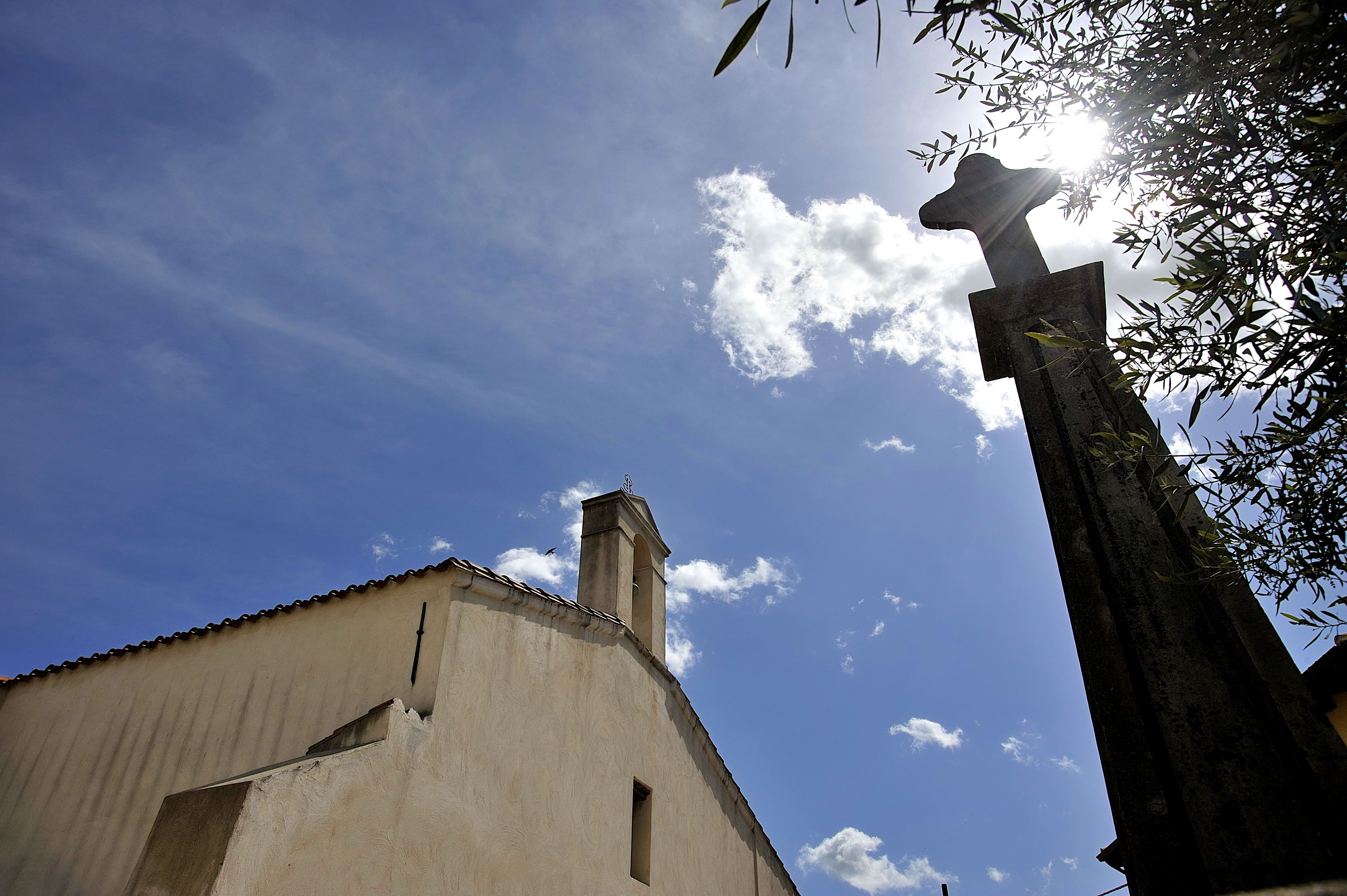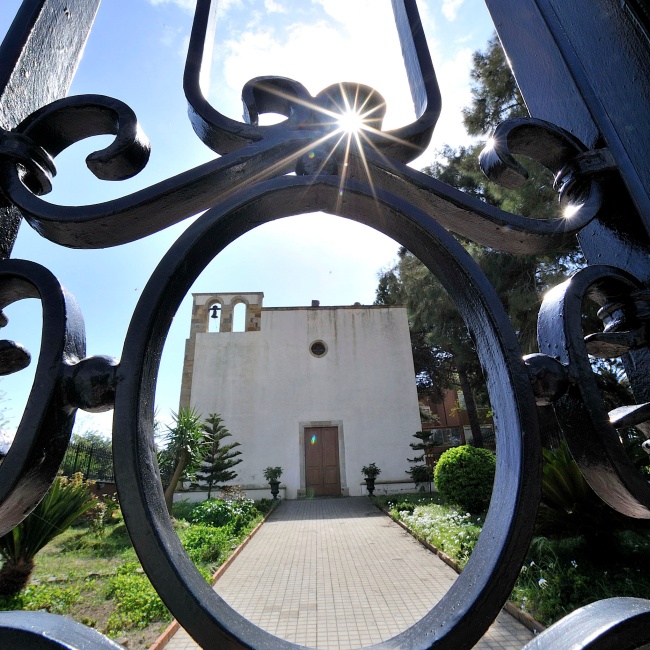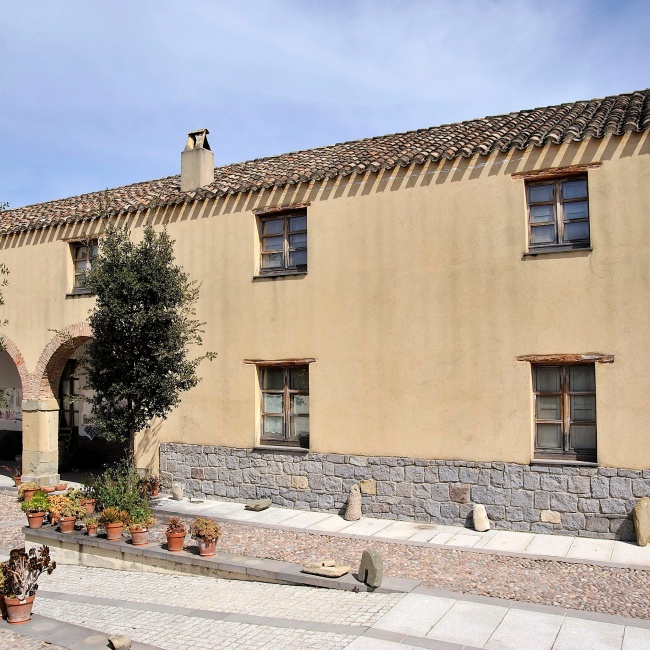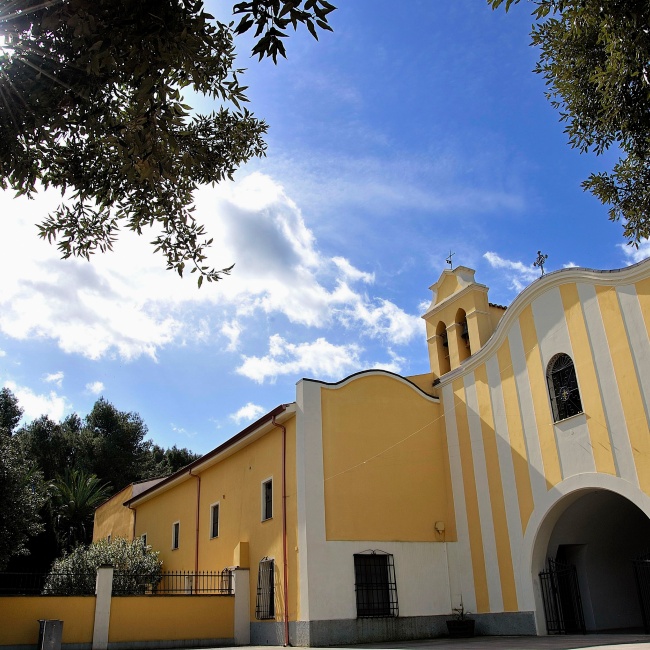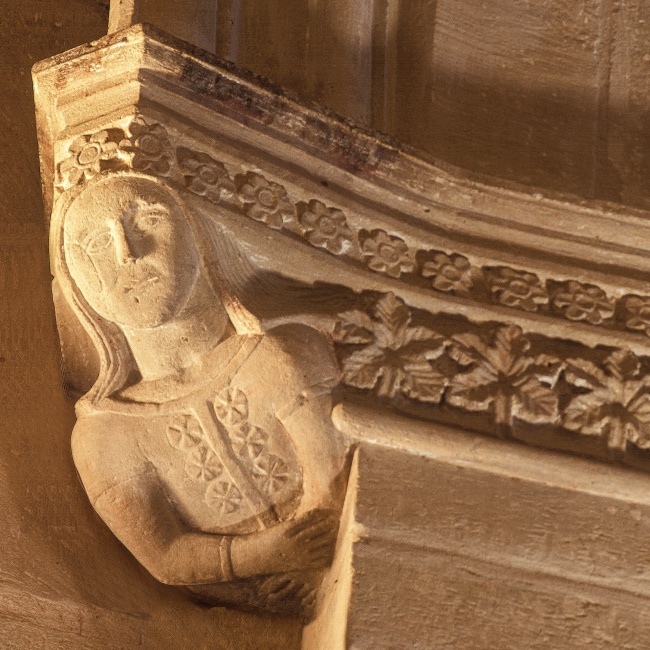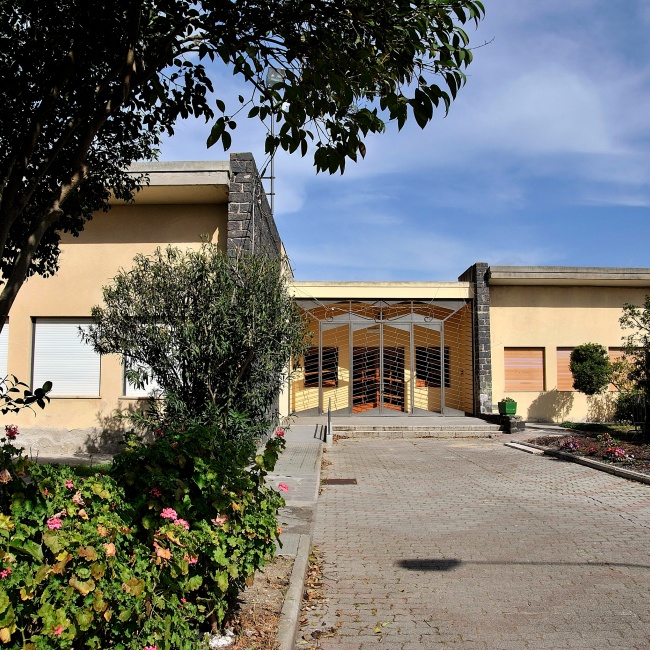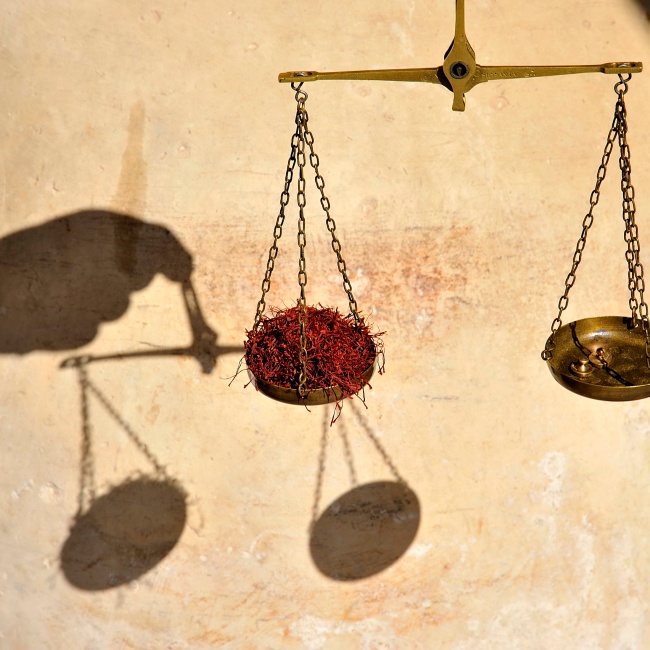San Gavino Monreale
The town of San Gavino has a crucially important geographic position that has always made it a crossroads…of history, arrivals and departures.
It is the only town in the area and of the Parco Culturale Dessì, that features a railway station that has further strengthened its centrality.
There are many traces of the past in town that tell of its history such as residences, buildings and ancient churches that lead back to the most important moments of the island’s history, more specifically of the Giudicale period of the when San Gavino marked the border between the two giudicati of Cagliari and Arborea.
Among the main churches: Santa Croce (Holy Cross), renowned for the ritual of Su Scravamentu the removal of Christ from the Cross that takes place for Easter; the chiesa di San Gavino Martire (Church of San Gavino the martyr) that hosts statues and sculptures which tell of the judges from the Arborea families. These tell of the deep tie between the town and the history of the Giudicati more than anything else. The church was chosen as the royal chapel of the Arborea family. The sculptures, the capitals on the altar and the many decorations not only recall the period itself, but it also tells of the royal family in the most direct way, reproducing the facial features of the renowned Eleonora.
Slightly in the outskirts of town stands the church and monastery complex of Santa Lucia, built in the 11th century and initially home to Basilian monks and later to Benedictine monks and finally the Franciscans. The lovely cloister recalls and leads back to an ancient sense of spirituality. History tells of products of great quality that can be traced back to the remotest of times such as saffron that was used in the 1300’s. Today, San Gavino is one of Italy’s most important centres of saffron production, made as tradition dictates: exclusively by hand.
